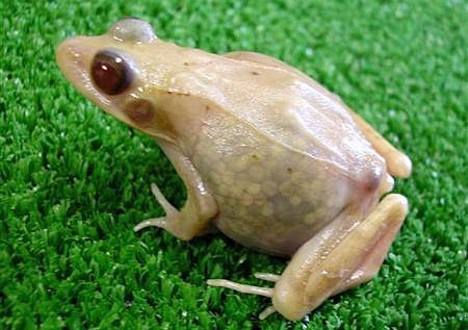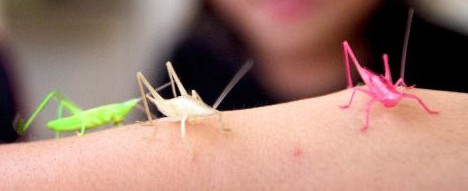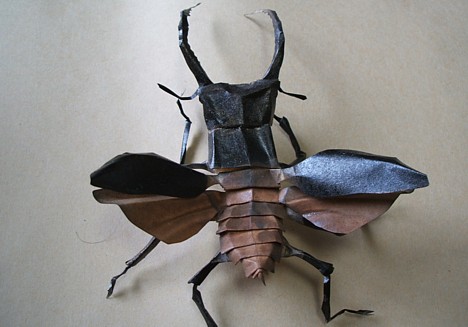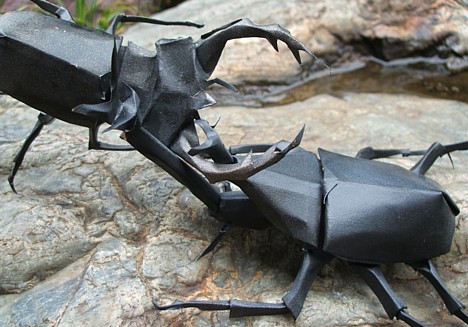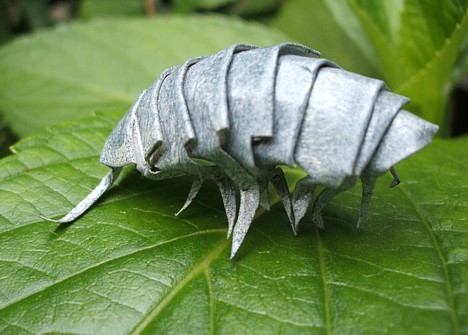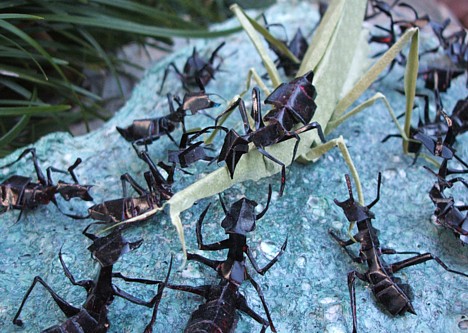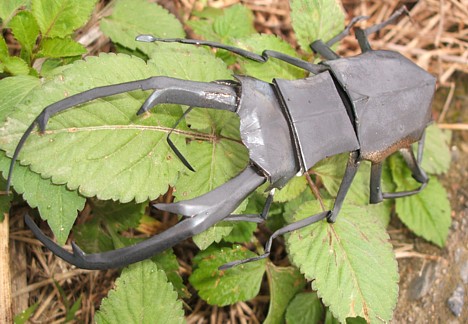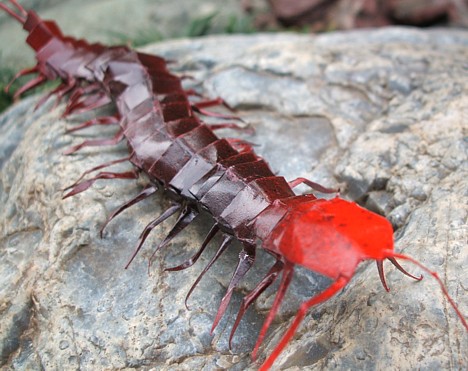
Rodents can learn how to wield tools with the proper training, according to new research from Japan?s Institute of Physical and Chemical Research (RIKEN). In a series of experiments conducted over a 60-day period, researchers taught six degus (small rat-like rodents) to use a miniature rake to obtain food. Each degu was placed on one side of a fence with gaps large enough for its front legs to fit through, and sunflower seeds were placed out of reach on the opposite side. The rake was placed nearby, and after 60 days of practice, all six degus learned to use it to pull the sunflower seeds to within reach. This is the first known case in which rodents have been taught to use tools.
Watch a short video news report.
[Source: FNN/Yahoo!]

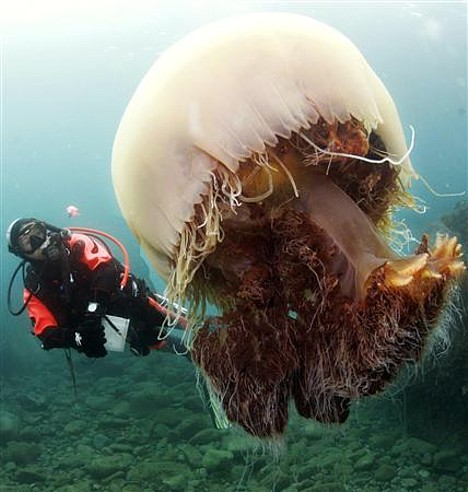
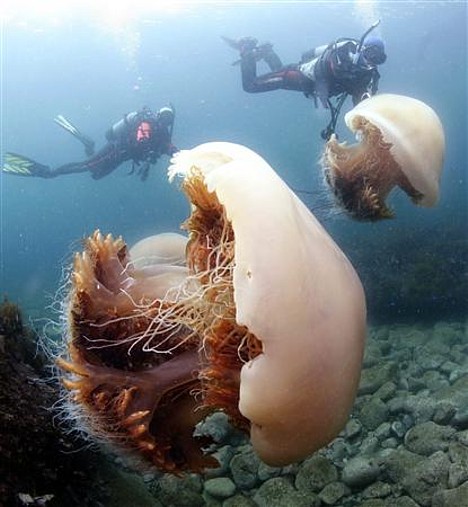
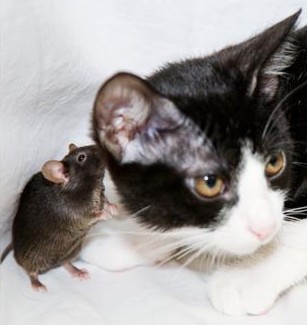 A team of University of Tokyo researchers led by professors Hitoshi Sakano and Ko Kobayakawa have announced they have genetically engineered a mouse that does not fear cats, simply by controlling its sense of smell. By tweaking genes to disable certain functions of the
A team of University of Tokyo researchers led by professors Hitoshi Sakano and Ko Kobayakawa have announced they have genetically engineered a mouse that does not fear cats, simply by controlling its sense of smell. By tweaking genes to disable certain functions of the 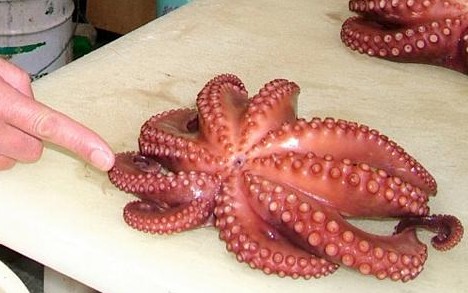
 Mayu Yamamoto, a former researcher at the International Medical Center of Japan, has won this year's Ig Nobel Chemistry Prize for developing a method for extracting vanillin -- an ingredient in vanilla fragrance and flavoring -- from cow dung.
Mayu Yamamoto, a former researcher at the International Medical Center of Japan, has won this year's Ig Nobel Chemistry Prize for developing a method for extracting vanillin -- an ingredient in vanilla fragrance and flavoring -- from cow dung.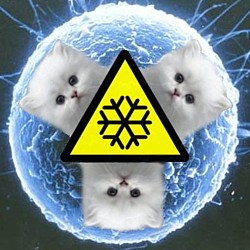 On October 3, a team of American and Japanese researchers from the
On October 3, a team of American and Japanese researchers from the 